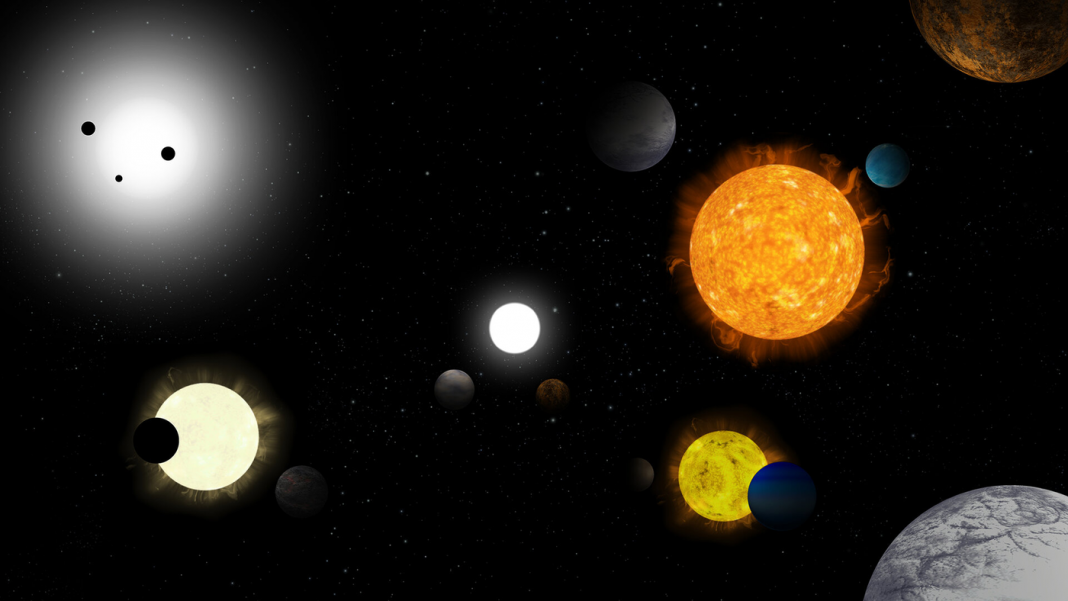It is possible that rocky exoplanets larger than Earth cannot form large moons like ours. Furthermore, only certain types of planets can give rise to moons larger than themselves. These findings are part of the results of a study led by Miki Nakajima, an assistant professor at the University of Rochester, in which she and her colleagues worked with simulations of moon formation.
As the Moon is of great importance for life on Earth, scientists believe that natural satellites could perhaps benefit the possible emergence of life on planets in other systems.
However, although astronomers have already discovered thousands of exoplanets, moons in other star systems appear to be rarer, although this apparent absence may come from the difficulty of finding them with the instruments that exist today. On the other hand, it is also possible that the so-called “exomoons” simply do not exist, or that they are, in fact, rare. So to find out whether exoplanets can form moons as large as our own, Nakajima and his colleagues performed computer impact simulations.
Want to stay on top of the best tech news of the day? Access and subscribe to our new youtube channel, Kenyannews News. Every day a summary of the main news from the tech world for you!
The most widely accepted theory today is that the Moon came from a disk of materials ejected by the impact of a Mars-like object that would have hit Earth 4.5 billion years ago.
During the simulations, they considered rocky planets, similar to our own, and frozen worlds, all of varying masses. The idea was to identify whether the simulated impacts could form partially vaporized disks, like the one that gave rise to our Moon. As a result, the authors found that rocky planets with at least six Earth masses, and icy planets with more than one Earth-equivalent mass Earth, produce fully vaporized disks.
These disks cannot form large natural satellites in a fractional way. “We found that if the planet is very massive, these impacts produce completely vaporized disks, because impacts between massive planets are generally more energetic than those between small planets,” explained Nakajima. Upon impact, a disk of vaporized rock and water forms around the planet.
Over time, the vapor can condense and form the building blocks to eventually give rise to large moons, but in the case of large planets, gravity affects this material and pulls it in before it can combine to form a moon. . “Planetary masses need to be smaller than the obstacles we’ve identified to produce moons,” the authors noted.
It is worth noting that the model used by the authors has some limitations. The model considered that the disk would be formed as a fluid, and that the object would hit the planet at an angle of 48º, already used by other models of lunar formation.
Still, the research could help astronomers looking for exomoons. “The search for exoplanets is typically focused on those above six Earth masses,” she said. “We propose that we look for smaller planets instead, because they are probably better candidates to harbor fractional larger moons.”
The article with the results of the study was published in the journal Nature Communications.
